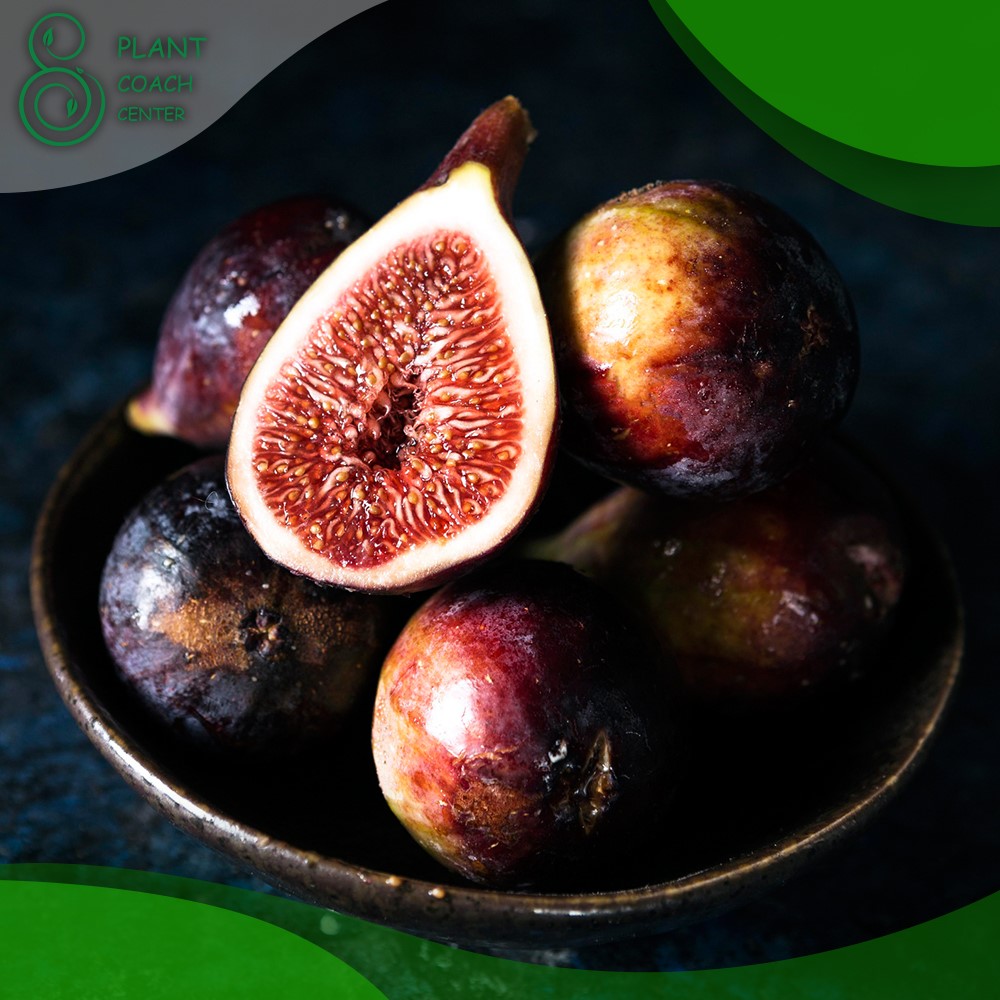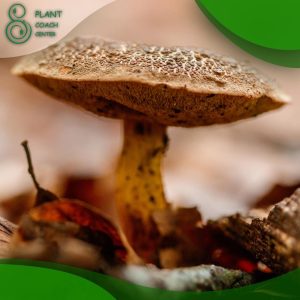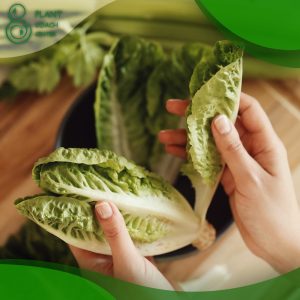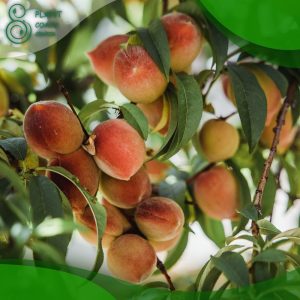Introduction
Ever wondered, “How do figs grow?” Figs, with their sweet, honey-like flavor and multiple health benefits, are a prized addition to any home garden. Let’s delve into the fascinating world of fig cultivation with plantcoachcenter.com.
The Basics of Fig Trees
Understanding Fig Biology
Figs (Ficus carica) are native to the Middle East and Western Asia. They’re one of the oldest fruits consumed by humans, with archaeological evidence dating back to 5,000 BC. The fig tree is a deciduous, self-pollinating tree that can reach heights of up to 50 feet in the wild, but when cultivated, it’s usually kept around 10 to 20 feet tall.
The Importance of Pollination in Fig Growth
The fig tree is unique in its pollination process. Some fig varieties require a specific wasp species for pollination, while others, like the common fig, don’t need pollination at all. They produce “parthenocarpic” fruit, meaning the fruit develops without the need for fertilization.
How do Figs Grow: The Step-by-Step Process
Choosing the Right Variety
Various fig varieties thrive in different climates. Varieties like ‘Brown Turkey’ and ‘Celeste’ perform well in cooler regions, while ‘Black Mission’ and ‘Kadota’ are better suited for warmer climates. Choose a variety that is appropriate for your local conditions.
Planting Your Fig Tree
Figs are versatile and can be grown from seeds, cuttings, or purchased saplings. They prefer a sunny location with well-draining soil. Plant your fig tree in the ground or a large container, ensuring it has plenty of room to spread its roots.
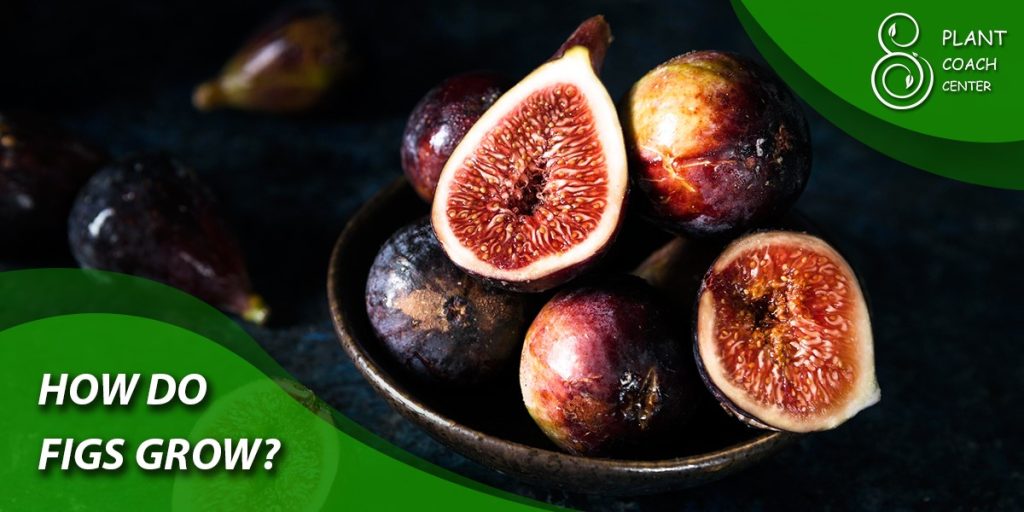
Caring for Your Fig Tree
Regular watering is crucial in the early stages of growth. Once established, fig trees are quite drought-resistant. Feed with a balanced fertilizer during the growing season to promote healthy growth and a good crop of figs.
Common Pests and Diseases
Figs can be affected by pests like the fig tree borer and diseases like rust and anthracnose. Regular monitoring and appropriate treatment can help keep your fig tree healthy.
Harvesting and Storing Figs
Figs are ready to harvest when they become soft and change color. They don’t ripen all at once, so you’ll need to check the tree every few days. Fresh figs don’t store well and should be consumed soon after harvest.
Fig Tree Propagation Methods
Propagation from Cuttings
This is the most common method to propagate fig trees. Take a cutting from a mature tree in late winter or early spring, plant it in a pot with well-draining soil, and keep it moist until it roots.
Growing Figs from Seeds
Fig seeds can be planted, but they don’t always produce fruit true to the parent tree. This method is not commonly used for fig cultivation.
Best Time to Prune Fig Trees
The best time to prune fig trees is in the late winter or early spring, just before the tree breaks dormancy. This timing allows for the removal of dead, diseased, or damaged wood when it’s easiest to see, without leaves obscuring the view. It also gives the tree time to heal before the growing season starts.
Remember, pruning during the dormant period minimizes sap loss, which can further stress the tree. However, any diseased or pest-infested branches should be removed immediately, regardless of the season.
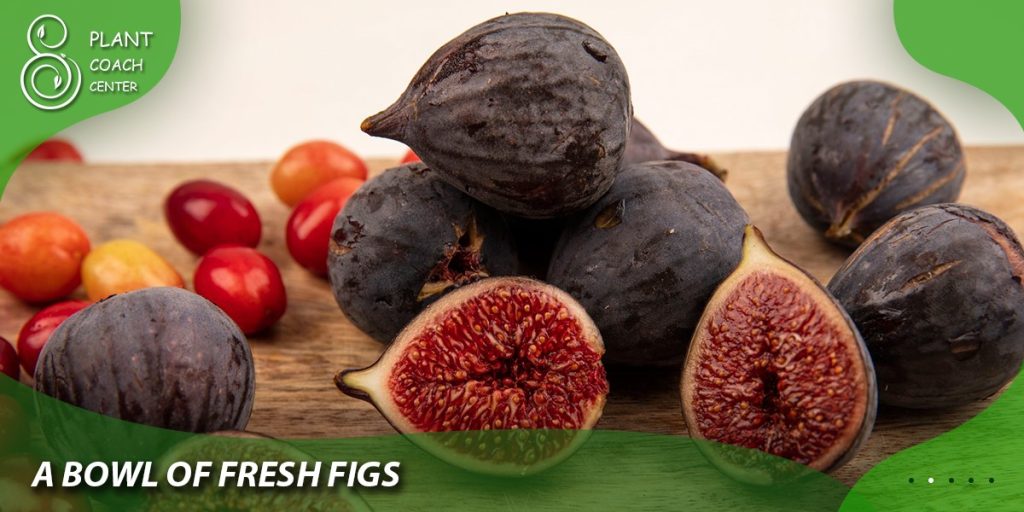
When pruning, be sure to make clean cuts and avoid tearing the bark. Always use sharp, clean pruning tools to prevent the spread of disease. The goal is to create a balanced, open canopy that allows light and air to penetrate, promoting healthy growth and reducing disease risk.
After pruning, care for the tree as usual, ensuring it has enough water and nutrients. With proper care, your fig tree will reward you with a bountiful harvest.
How often should I water my fig tree after pruning?
After pruning your fig tree, you should water it thoroughly, then continue with regular watering based on the tree’s needs and the weather conditions.
Fig trees, when established, are fairly drought-tolerant and do not require excessive watering. However, they do need consistent moisture, especially during the growing season and dry periods. The frequency of watering will depend on your climate, soil type, and the age of your tree.
For young fig trees or newly planted ones, water them once a week if there has been no significant rainfall. The soil should remain moist but not waterlogged. Overwatering can lead to root rot and other diseases.
For mature fig trees, they may only need watering every two weeks or even once a month, depending on rainfall. The goal is to keep the soil slightly moist at a depth of about 1 inch.
In hot, dry climates, or during prolonged dry spells, you may need to water more frequently. Conversely, in cool, wet climates, you may need to water less.
Always check the soil before watering. If the top 1-2 inches of soil feels dry, it’s time to water. If it feels moist, hold off on watering until it feels dry at that depth.
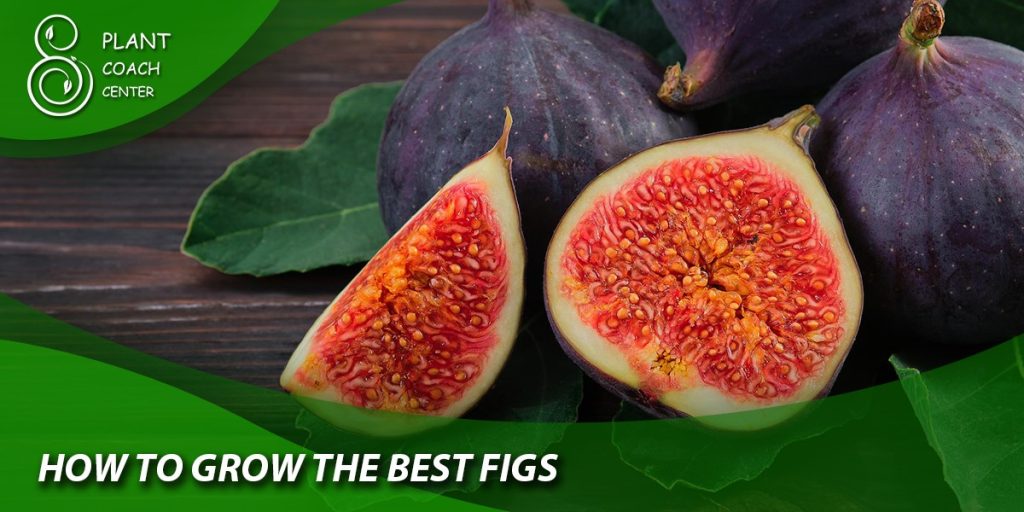
Remember, it’s better to water deeply and less frequently than to give your tree shallow, frequent waterings. Deep watering encourages the roots to grow deeper, making the tree more drought-tolerant and stable.
After pruning, monitor your fig tree closely for signs of stress, such as wilting or yellowing leaves, which may indicate a need for more frequent watering.
Tips for maintaining a healthy fig tree
In addition to proper watering and pruning, here are some other tips to maintain a healthy fig tree:
1. Choose the Right Location: Fig trees need a location with full sun for at least six hours a day. They prefer well-drained soil that’s rich in organic matter. If your soil is heavy clay or tends to retain water, consider planting your fig tree in a raised bed or container to improve drainage.
2. Fertilize Appropriately: Fig trees don’t require a lot of feeding, but a slow-release granular fertilizer can provide a steady source of nutrients. Apply a balanced fertilizer (like a 10-10-10) once at the beginning of the growing season. Be careful not to over-fertilize, as this can lead to rapid, weak growth and reduced fruit quality.
3. Mulch: Apply a layer of organic mulch around the base of the tree (but not touching the trunk) to help retain soil moisture, suppress weeds, and add nutrients to the soil as it decomposes.
4. Protect from Cold: Some fig varieties are more cold-hardy than others, but all can suffer damage in hard freezes. In colder climates, protect your fig tree in winter by wrapping the tree with burlap or moving container-grown figs indoors.
5. Monitor for Pests and Diseases: Regularly inspect your fig tree for signs of pests or diseases. Common issues include fig rust, leaf blight, and pests like the fig tree borer or aphids. Early detection and treatment can prevent minor problems from becoming major ones.
6. Harvest Promptly: Figs don’t ripen all at once, so check your tree every few days during harvest season. Figs are ripe when they become soft and change color. Prompt harvesting can prevent attracting pests that are drawn to overripe fruit.

Remember, every garden and every tree is unique. Pay attention to your fig tree’s growth and adjust your care routine as needed. With proper care, your fig tree can provide you with a bountiful harvest for many years.
Conclusion
Understanding “how do figs grow” opens up a world of fascinating biological processes and gardening techniques. From choosing the right variety to understanding the unique pollination process, growing figs is a journey of discovery. With patience, care, and a little bit of knowledge, you can enjoy the sweet reward of homegrown figs. Whether you’re a seasoned gardener or a beginner, the fig tree is a wonderful addition to your garden.
How long does it take for a fig tree to bear fruit?
It typically takes a fig tree 2-6 years to start producing fruit.
Do fig trees need a lot of water?
In their early stages, yes. But once established, fig trees are quite drought-tolerant.
Can fig trees grow in pots?
Yes, fig trees can be grown in large containers, making them suitable for patios and small gardens.
How do I increase my fig yield?
Proper care is key to a bountiful fig harvest. Regular watering, feeding with a balanced fertilizer, and pruning to maintain a healthy shape and size can all contribute to an increase in yield.
How often should I fertilize my fig tree?
Fertilize your fig tree once at the beginning of the growing season. Fig trees don’t require a lot of feeding, but a slow-release granular fertilizer can provide a steady source of nutrients.
Can fig trees survive frost?
Some fig varieties can handle a light frost, but severe frosts or prolonged freezing temperatures can damage or even kill a fig tree. It’s best to protect your fig tree during freezing weather.


